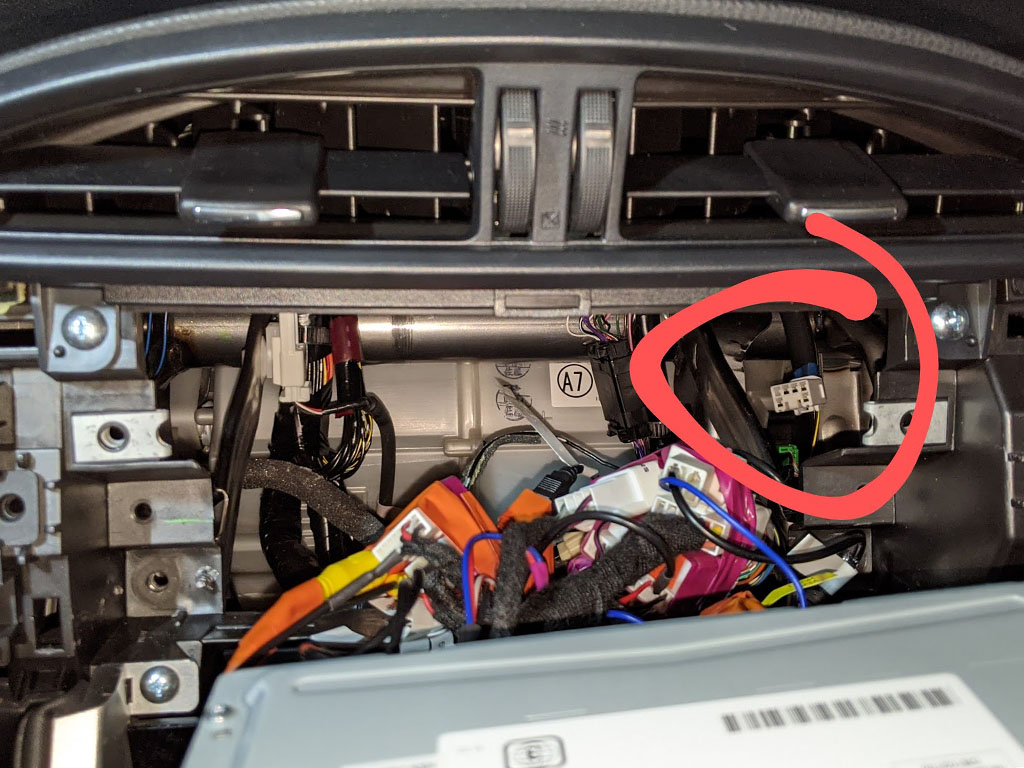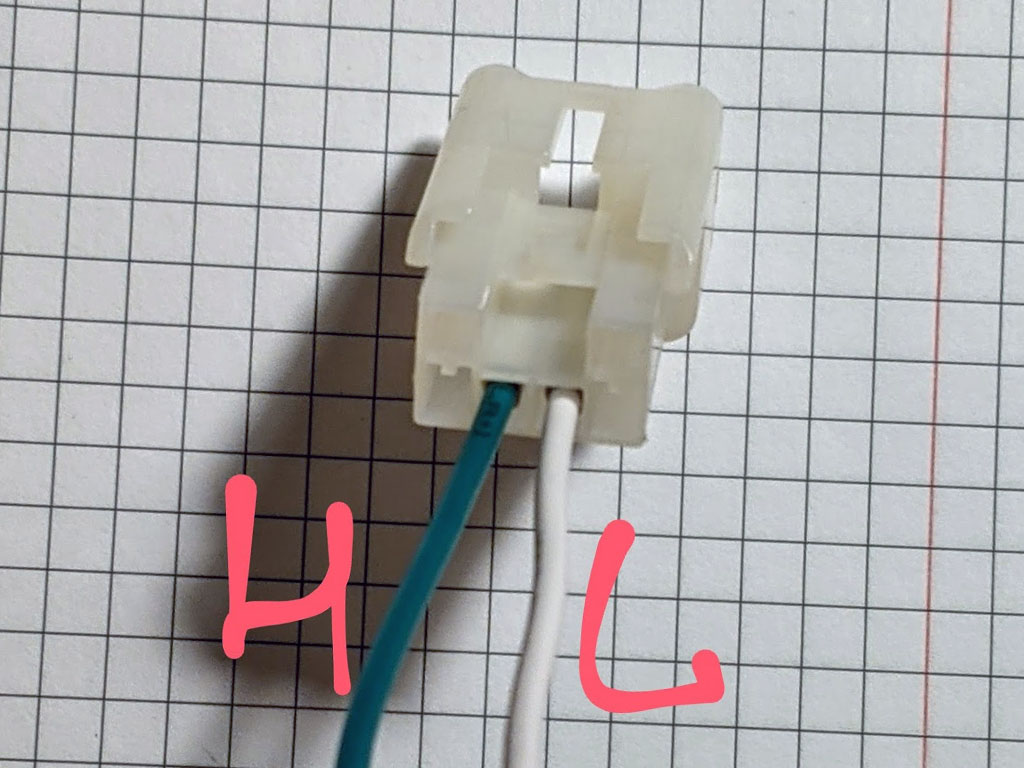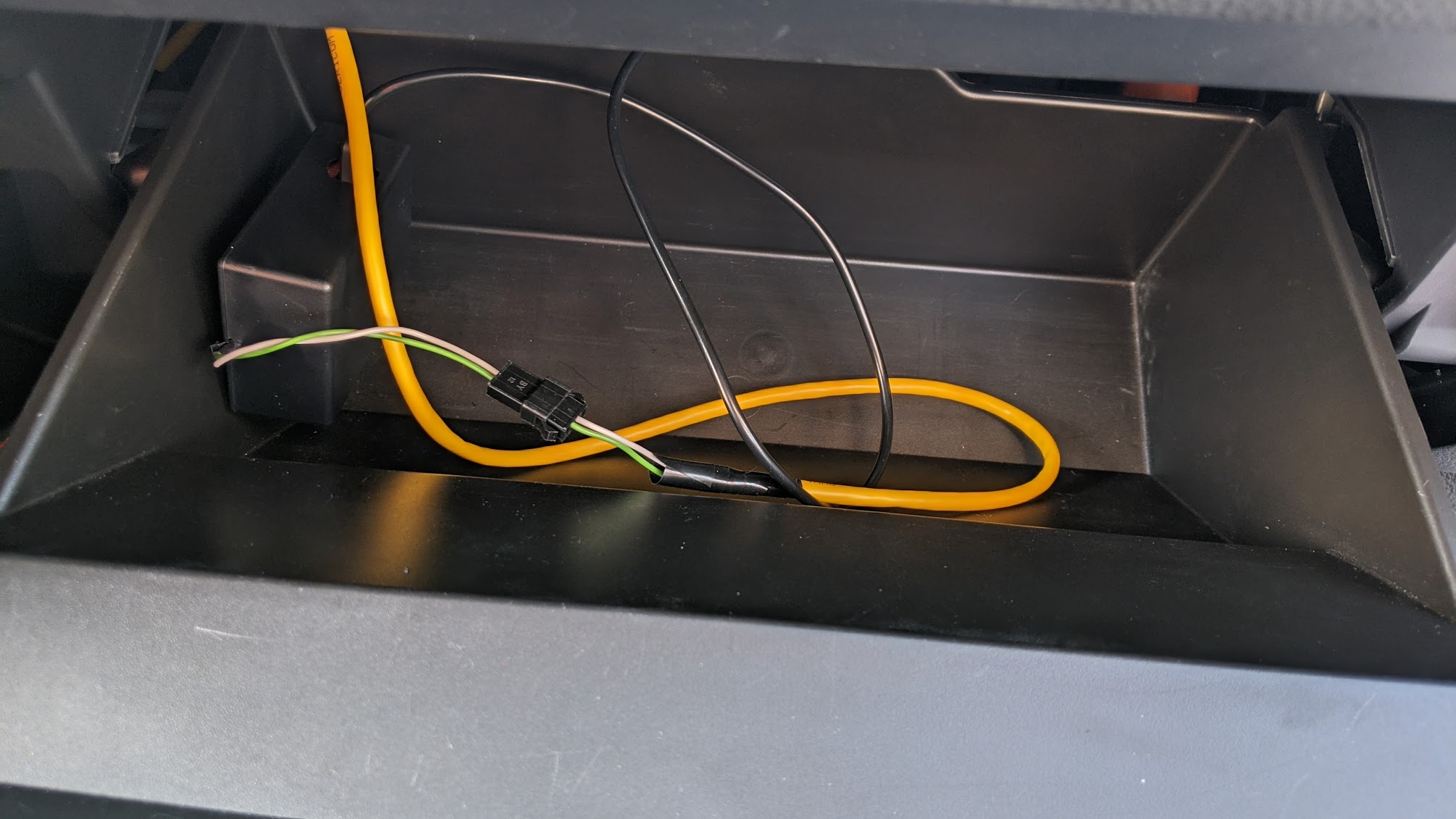7.5 KiB
FT86 cars (Subaru BRZ, Toyota 86, Scion FR-S)
Here is information on some of the PIDs that you're most likely to use with RaceChrono and equations to get the right scale, etc.
PID 0x18
Update frequency: 100 times per second.
0x18 is a strange PID. Judging by the low PID number (which in CAN networks
implies higher priority) and the high update frequency, one would expect it to
have some important data, like data for ABS or ESC systems. But based on what is
currently known, it only has one the steering angle as a useful data channel.
The steering angle graphs are usually relatively smooth, and this data is also
available over 0xD0, along with some much more important data, such as
accelerometers.
| Channel name | Equation | Notes |
|---|---|---|
| Steering angle | bytesToIntLe(raw, 0, 2) * -0.1 |
Also available in 0xD0 |
| ??? | C or bytesToIntLe(raw, 2, 1) |
The value is 112 most of the time for me |
| ??? | D or bytesToIntLe(raw, 3, 1) |
0–14 sawtooth |
| ??? | E or bytesToIntLe(raw, 4, 1) |
The value is 0 most of the time for me |
| ??? | F or bytesToIntLe(raw, 5, 1) |
The value is 0 most of the time for me |
| ??? | G or bytesToIntLe(raw, 6, 1) |
The value is 0 most of the time for me |
| ??? | H or bytesToIntLe(raw, 7, 1) |
Strange data channel. It changes in a strange way when the car turns. It also has a 0-14 sawtooth over some otherwise smooth curve. |
PID 0xD0
Update frequency: 50 times per second.
| Channel name | Equation | Notes |
|---|---|---|
| Steering angle | bytesToIntLe(raw, 0, 2) * 0.1 |
Also available in 0x18 |
| Z rate of rotation | bytesToIntLe(raw, 2, 2) * -0.286478897 |
The multiplier for º/sec appears to be ((90 / pi) * 100) |
| ??? | E |
Some flags? |
| ??? | F |
Some flags? |
| Lateral acceleration | bytesToIntLe(raw, 6, 1) * 0.2 |
Not 100% sure about the multiplier, but looks about right |
| Longitudinal acceleration | bytesToIntLe(raw, 7, 1) * -0.1 |
Not 100% sure about the multiplier, but looks about right |
| Combined acceleration | sqrt(pow2(bytesToIntLe(raw, 6, 1) * 0.2) + pow2(bytesToIntLe(raw, 7, 1) * 0.1)) |
PID 0xD1
Update frequency: 50 times per second. Length: 4 bytes
| Channel name | Equation | Notes |
|---|---|---|
| Speed | bytesToIntLe(raw, 0, 2) * 0.015694 |
May want to check the multiplier against an external GPS device |
| Brake position | min(C / 0.7, 100) |
The third byte is the pressure in the brake system, in Bars. The 0.7 divider seems to be a good value to get 100% at pressure slightly higher than those you're likely to use on the track for cars with no aero. You can use 0.8 or 0.9 if you see 100% too often. |
| ??? | D | Always 0? |
PID 0xD4
Update frequency: 50 times per second.
| Channel name | Equation | Notes |
|---|---|---|
| Wheel speed FL | bytesToIntLe(raw, 0, 2) * 0.015694 |
Use same multiplier as for speed in 0xD1 |
| Wheel speed FR | bytesToIntLe(raw, 2, 2) * 0.015694 |
Use same multiplier as for speed in 0xD1 |
| Wheel speed RL | bytesToIntLe(raw, 4, 2) * 0.015694 |
Use same multiplier as for speed in 0xD1 |
| Wheel speed RR | bytesToIntLe(raw, 6, 2) * 0.015694 |
Use same multiplier as for speed in 0xD1 |
PID 0x140
Update frequency: 100 times per second.
| Channel name | Equation | Notes |
|---|---|---|
| Accelerator position | A / 2.55 |
|
| Clutch position | (B & 0x80) / 1.28 |
On/off only |
| ??? | B & 0x70 | Unused? |
| ??? | B & 0x0f | 0–15 counter? |
| Engine RPM | C + (D & 0x3f) * 256 |
|
| ??? | D & 0x80 |
Always 0? |
| ??? | D & 0x40 |
1 when accelerator pedal is released, 0 otherwise |
| Accelerator position | E / 2.55 |
Not clear what's the difference from the other two |
| Accelerator position | F / 2.55 |
Not clear what's the difference from the other two |
| Throttle position | G / 2.55 |
Not tested |
| ??? | H | Some flags |
PID 0x141
Update frequency: 100 times per second.
| Channel name | Equation | Notes |
|---|---|---|
| Accelerator pedal position? | bytesToIntLe(raw, 0, 2) |
Follows A from 0x140 closely with ~9860 for 0% and ~11625 for 42%. Needs more testing. |
| Throttle position? | bytesToIntLe(raw, 2, 2) |
Follows the accelerator pedal position with some extra smoothness. Independent at idle revs, and you can see it changing in response to modulating the clutch in stop and go traffic. Scale is unknown. |
| Engine RPM | E + (F & 0x3f) * 256 |
|
| ??? | F & 0x80 |
1 when accelerator pedal is released, 0 otherwise |
| ??? | F & 0x40 |
Always 0? |
| Gear | (G & 0xf) * (1 - (min(G & 0xf, 7)) / 7) |
It's basically just G & 0xf but neutral is reported as 7, hence the complex math to turn it into a 0. The reverse gear is reported as 1. The value can be wrong when the clutch pedal is depressed. |
| ??? | G & 0xF0 |
I saw values of 128, 160, 192 here. |
| ??? | H |
Equals to 16 when I lift off the accelerator, then turns to 8, then 0. |
PID 0x360
Update frequency: 20 times per second.
| Channel name | Equation | Notes |
|---|---|---|
| Engine oil temperature | C - 40 |
|
| Coolant temperature | D - 40 |
|
| Cruise control ON | (F & 16) / 16 |
Means the mode is "On", but not necessarily "Set". Not tested much. |
| Cruise control set | (F & 32) / 32 |
Not tested much. |
| Cruise control speed | H |
In the same unit as the current speed display units? Not tested much. |
TODO: would be great to find how to read the ambient temperature, and maybe the intake temperature.
TODO: find how to log the fuel remaining.
Connections
Besides the CAN pins in the OBD-II port, there is a CAN bus male port hidden behind the car multimedia head unit:
It's very close to the glovebox, which makes it great for putting your CAN reader in the glovebox. Such a placement makes sure it's out of the way and you won't accidentally hit it with your leg while on the track, and also allows quick access for troubleshooting and experimenting. There's also a second 12V port inside the glovebox, which makes it easy to use a 12V-to-USB adapter instead of adding a 12V-to-5V converter to your hardware design.
You can use the two middle pins of a Toyota radio harness to connect to the CAN bus in a reliable way.
It's recommended to use a ~60–90 cm (2–3') twisted pair cable between that port and your CAN reader. I would strongly discourage you from using the screw terminals on the MCP2515 board, as if the cable comes loose it can cause a short circuit in the CAN bus (ask me how I know), which will throw a MIL at best, and who knows what at worst if it happens on the track. Instead, I attached a female JST SM connector to the cable.
Typical histogram of PIDs
Here's what the distribution of PIDs looks like in the CAN bus while idling in a parking lot:
| PID | Decimal PID | Number of packets received over a 10 second period |
|---|---|---|
| 0x18 | 24 | 1000 |
| 0xD0 | 208 | 500 |
| 0xD1 | 209 | 500 |
| 0xD2 | 210 | 500 |
| 0xD3 | 211 | 500 |
| 0xD4 | 212 | 500 |
| 0x140 | 320 | 1000 |
| 0x141 | 321 | 1000 |
| 0x142 | 322 | 1000 |
| 0x144 | 324 | 500 |
| 0x152 | 338 | 500 |
| 0x156 | 342 | 500 |
| 0x280 | 640 | 500 |
| 0x282 | 642 | 167 |
| 0x284 | 644 | 100 |
| 0x360 | 864 | 200 |
| 0x361 | 865 | 200 |
| 0x370 | 880 | 200 |
| 0x372 | 882 | 100 |
| 0x374 | 884 | 10 |
| 0x375 | 885 | 10 |
| 0x37A | 890 | 10 |
| 0x3D1 | 977 | 84 |
| 0x440 | 1088 | 25 |
| 0x442 | 1090 | 25 |
| 0x44D | 1101 | 25 |
| 0x46C | 1132 | 25 |
| 0x4C1 | 1217 | 10 |
| 0x4C3 | 1219 | 10 |
| 0x4C6 | 1222 | 10 |
| 0x4C8 | 1224 | 10 |
| 0x4DC | 1244 | 10 |
| 0x4DD | 1245 | 10 |
| 0x63B | 1595 | 20 |
| 0x6E1 | 1761 | 10 |
| 0x6E2 | 1762 | 10 |


